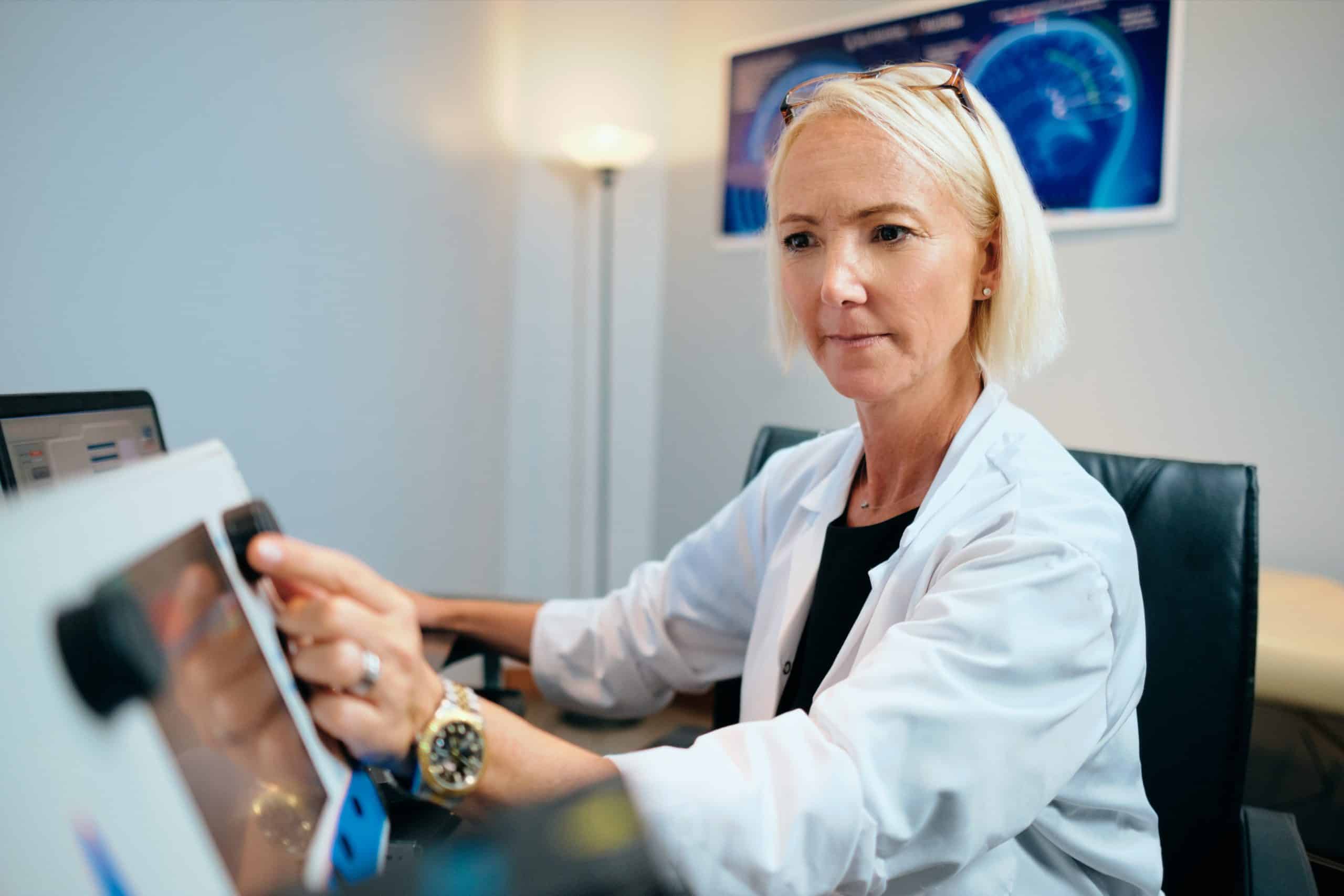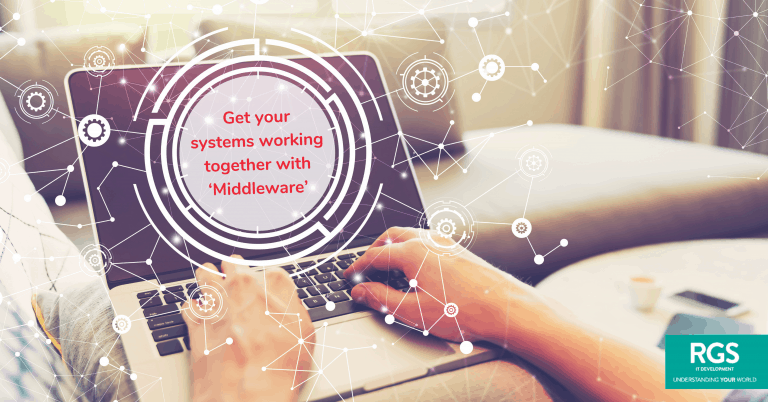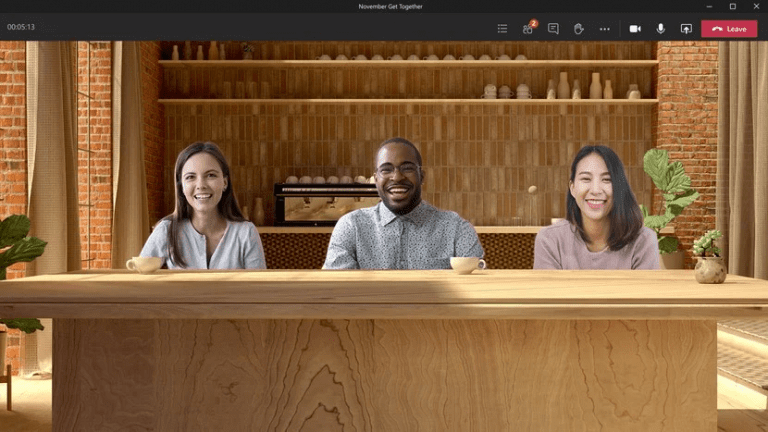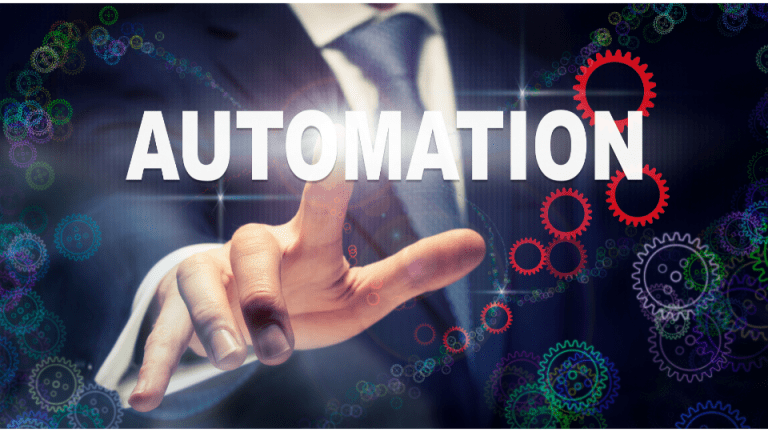At the start of 2020, digital transformation and the Internet of Things were on the agenda for many companies. But, over the past few months, as the UK went into lockdown practically overnight, automated workflows and smart technology became much more than a futuristic concept. We suddenly found ourselves in a world that’s increasingly reliant on technology. Whether you require a work from home solution or a return to COVID-friendly workplace, we’re hurtling towards a greater need for cloud-based services to solve our everyday problems.
According to Antony Walker, Deputy Chief Executive of TechUK, “We’ve seen two years of digital transformation happening in the space of two weeks”.
But, as companies have motored into a digital transformation, there is now a gap between their physical and digital assets. At RGS IT, we can solve this problem with creative Industrial Internet of Things (IIOT) solutions – making your processes more efficient and letting you harness your data to overcome day-to-day challenges.
But what is IIOT? And is it the same as IOT?
Any physical machine or object can be transformed into a “Thing” (or “device”) on the IOT (Internet of Things) if you’re able to connect it to the Internet.
But, IIOT (the Industrial Internet of Things) forms an ecosystem, where people, systems, and devices are connected to a secure, private network allowing them to communicate and share each other’s data. The shared data can be used to improve efficiency, enhance decision making, boost innovation, and save time and resources.
Ok, but how does IIOT apply to your business?
IIOT incorporates cloud platforms, sensors, data analytics, and multiple-device communication to improve the performance of an asset or an entire business process. This could be applied in any sector, from aircraft hangars to restaurants and hotels, or even hospitals. No matter the problem, IIOT can help to provide a solution to make your work processes more efficient.
Imagine this…
In the new normal, the fewer things you touch, the better – returning to an office with an enter/exit button or using the self-scan checkouts at supermarkets are now physical sources of anxiety. But this reluctance to touch anything generates a huge problem in a world where touchscreen technology is the latest trend that we’ve recently seen installed in fast food chains, supermarkets, car parks, and even NHS surgeries.
What if, with IIOT, every set of buttons or touchscreen you use is transported to your mobile phone instead?

You no longer need to touch the same keypad as 200 other people in your office building to submit your access code. Instead, a device would be fitted that displays a QR code which, when scanned, opens a simple keypad function on your mobile. You can then enter the access code on your phone, and the door automatically opens without you touching any communal objects.
At RGS IT, we can prototype the device which attaches to your door and write the phone app which communicates to it. The same QR reader app could be programmed to work across multiple different sectors – allowing you to use a self-scan terminal at a supermarket or place your fast food order without ever touching a shared screen.
Or, another example…
We all love to travel, but we rarely ask ourselves how it all works. It’s simple to just board a plane and trust the engineering and the pilot to transport you to your destination – safely and on time.
Using IIOT, aircraft engines perform ‘proactive maintenance’. Devices installed inside the engines connect to the engine manufacturer’s wider network, where they continually collect data in real-time and report on the engine’s health status. Proactive maintenance allows for technological intervention before a breakdown occurs, meaning no unexpected delays and no out-of-use planes – maximising resources and improving customer satisfaction.
Applications of IIOT
In addition to proactive maintenance, there are a variety of other applications of IIOT solutions. This can include:
- Facilities management – optimise energy, waste, pollution, and utility services with IIOT to create new digital capabilities, gain a competitive advantage and meet new customer demands.
- Proactive replenishment – transform your supply chain, monitor your inventory and consumption patterns, and automate inventory replenishment in real-time.
- Operations and production – run your operations from anywhere and forecast your production schedules to allow your manufacturing processes to become more efficient and profitable.
- Pervasive visibility – gain insights from every device/machine on your network and let IIOT analyse it for you, providing you with invaluable information for improved business outcomes.
- Safety and security – use thermal sensors, optimised cameras, and other integrated software to monitor suspicious crowd behaviour, identify threats, and improve traffic flow and road safety.
- Fleet management – collect and transmit data through telematics devices generated by sensors on vehicles and GPS to determine real-time location.
How we can help
If you think your business could be more efficient, or you’ve realised the necessity for automated processes and actionable data insights, contact us and we’ll help you imagine your technology solution.





